|
Icon
|
Project type and supervisor
|
Project title and brief description
(Click title for details) |
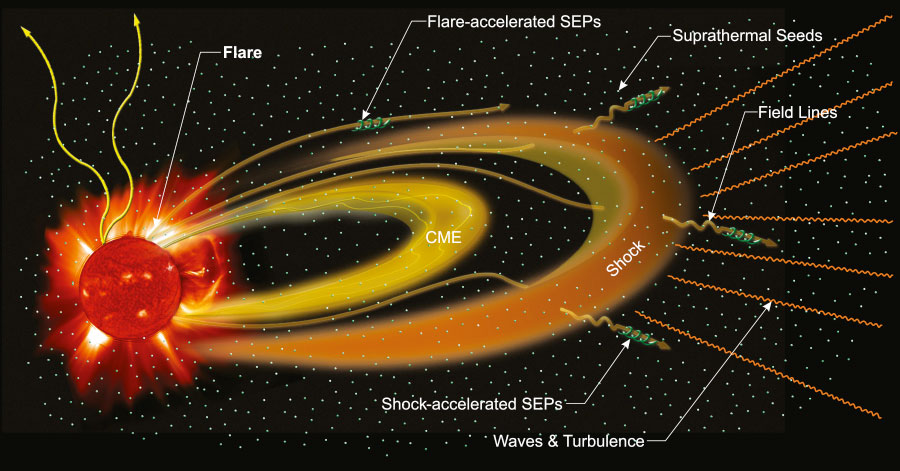
|
Data analysis with
Rachael Filwett
|
Evolution of Suprathermal Particles in the Heliosphere
Solar energetic particles are produced in a variety of explosive solar events, such as by the shocks driven by
Coronal Mass Ejections. In this project, students will analyze satellite observations of these
particles, and examine their evolution in the heliosphere, which is important for space weather forecast.
|
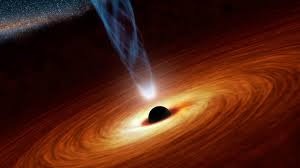
|
Data analysis with
Anne Lohfink
|
Probing the Jets of Accreting Supermassive Black Holes with Radio Observations
Accretion onto black holes is one of the most efficient processes for
emitting energy from matter in the Universe.
In this project, students will analyze radio observations and
study jets from accreting supermassive black holes.
As of 2/27, this project is attracting a large
number of applications. While you can still apply for this project,
we highly recommend to consider other projects to apply for your better
chance to be selected.
|
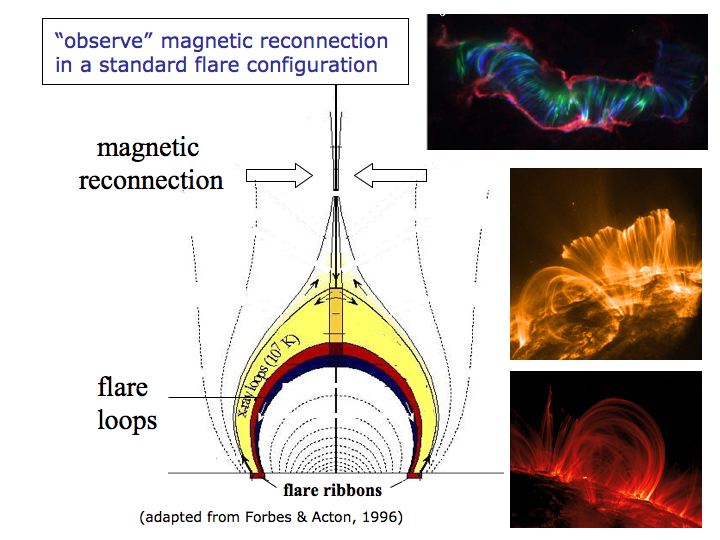
|
Data analysis with
Jiong Qiu
|
Properties of Magnetic Reconnection in Solar Flares
Solar flares release a large amount of energy stored in the Sun's magnetic field by a mechanism
called magnetic reconnection. In this project, student will analyze state-of-the-art observations
of flares, and measure properites of magnetic reconnection that governs energy release in flares.
|
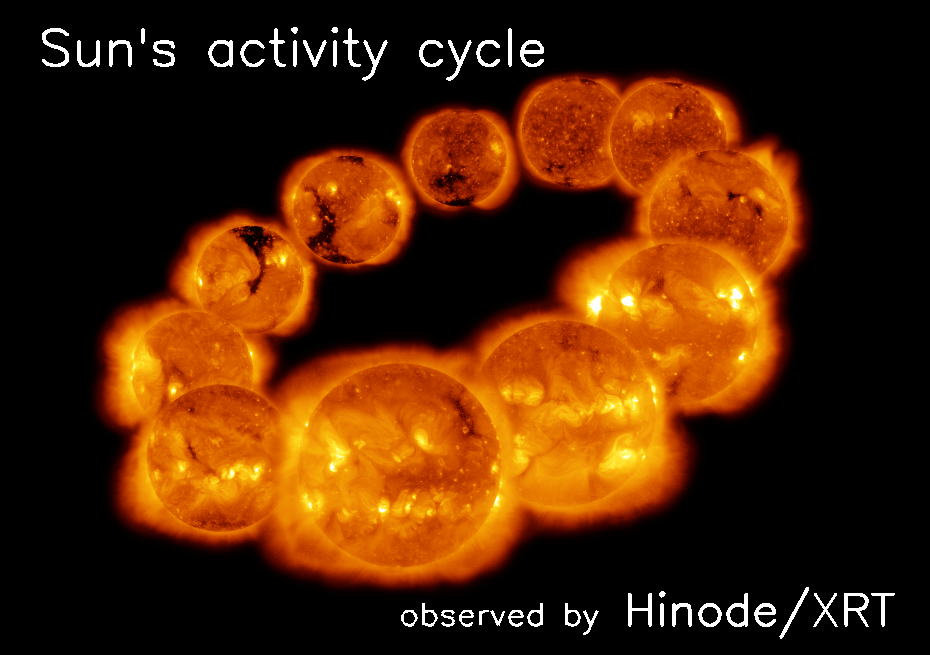
|
Data analysis with
Aki Takeda
|
Solar X-ray Irradiance with Hinode/XRT
Our Sun is a variable star, and the amount of its radiation rises and falls every 11 years or so.
The radiation from the Sun received at the earth (irradiance) varies over the activity cycle,
and also varies with the observing wavelength. In this project, we will derive the long-term
variation of the Sun's irradiance in soft X-rays, using a series of full-Sun
images observed with the X-Ray Telescope (XRT) aboard
the Hinode satellite, which is an international space mission among
Japan/US/UK.
|
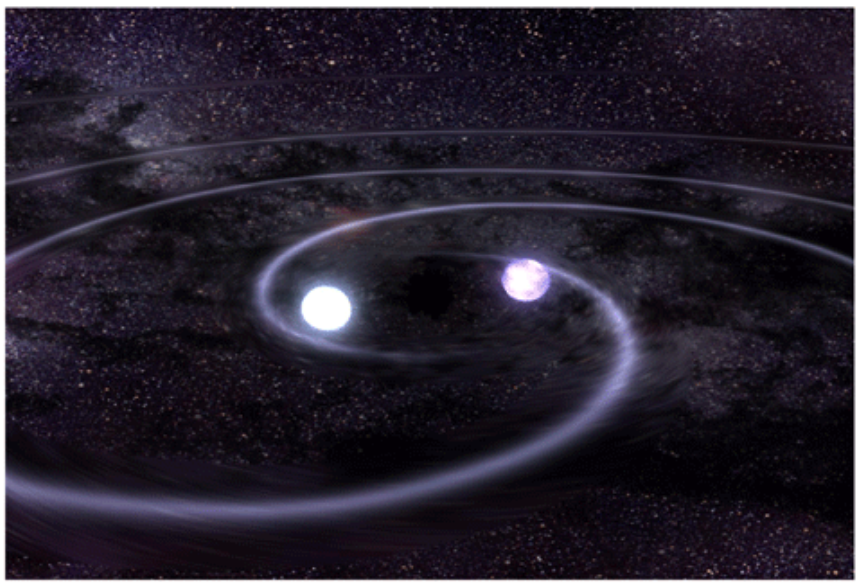
|
Modeling with
Hang Yu
|
Detecting Eccentric Galactic White Dwarf Binaries with LISA
Galactic white dwarf binaries are important sources for space-borne gravitational wave (GW)
observatories like LISA. In this project, we will model GW signals by eccentric white dwarf binaries,
and test the detectability of such systems.
As of 2/27, this project is attracting a large
number of applications. While you can still apply for this project,
we highly recommend to consider other projects to apply for your better
chance to be selected.
|
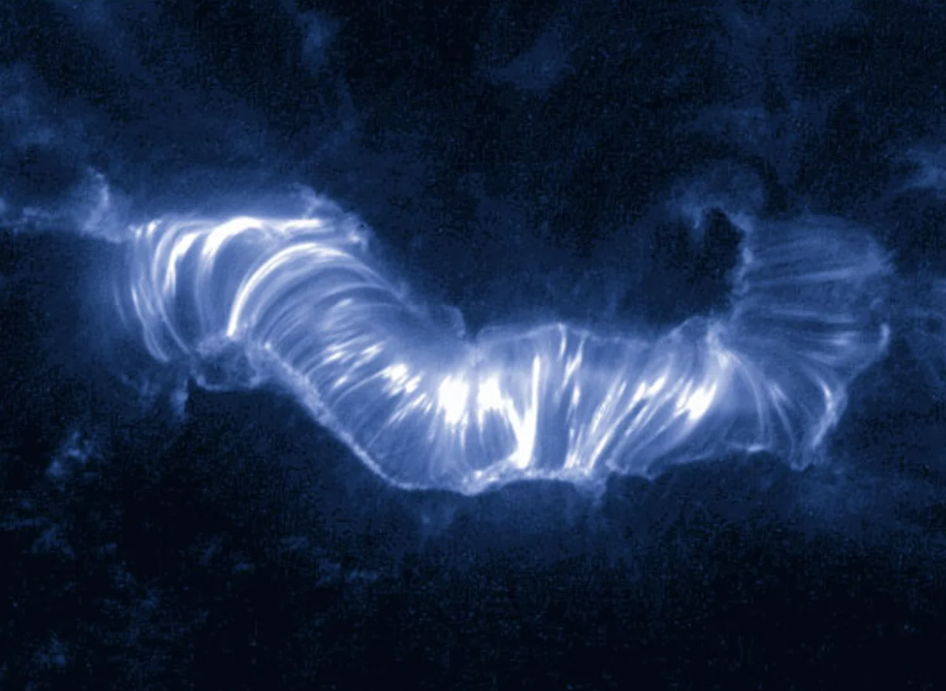
|
Data analysis with
Chunming Zhu
|
Characteristics of Early Bursts during Flare Precursor
Solar flares and coronal mass ejections are intense explosive energy release in the solar system.
In this project, students will analyze observations by NASA's Solar Dynamics Observatory to search for and
characterize early signatures, in order to understand physical mechanisms triggering solar eruptions.
|
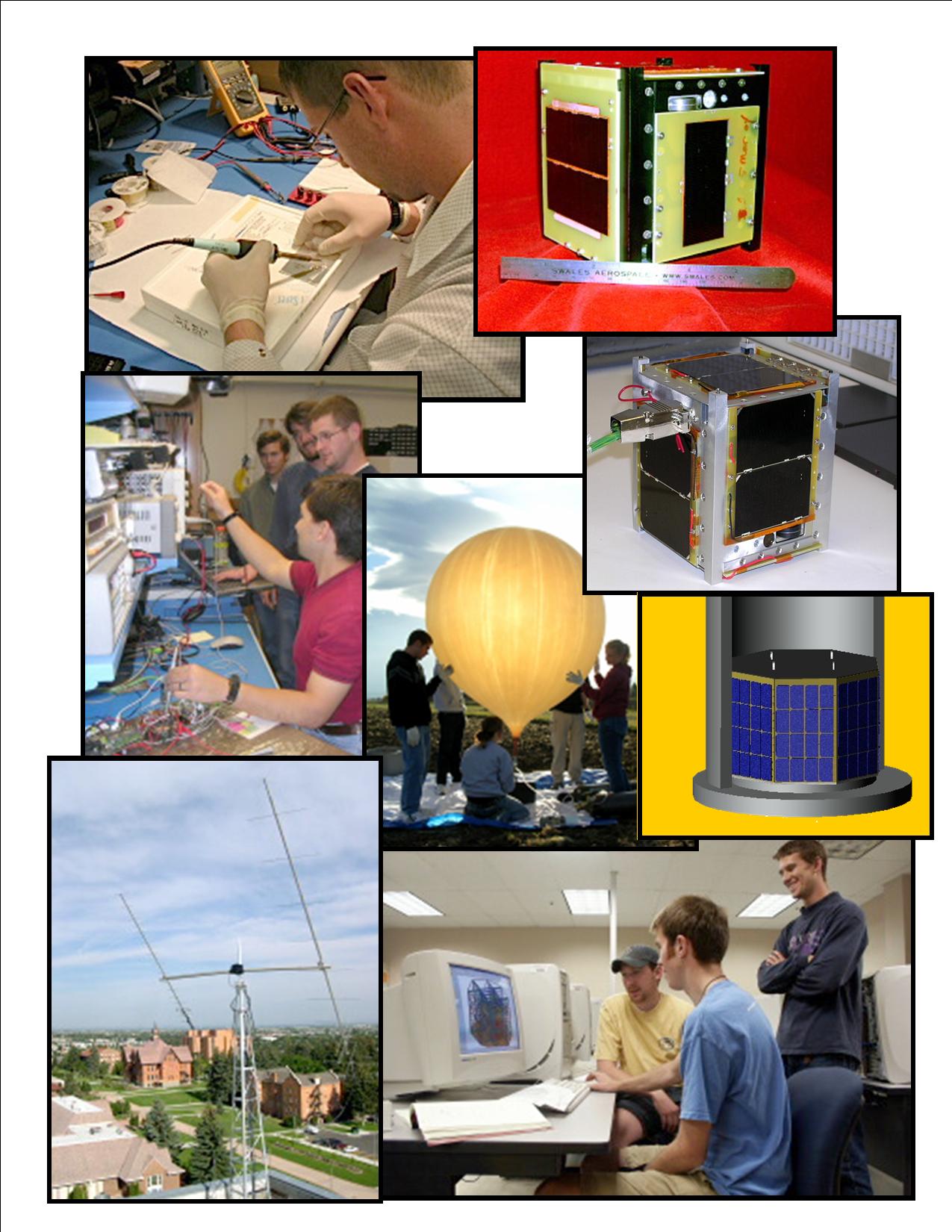
|
Hardware development with
John Sample
|
Space Hardware Development: Space Flight Systems for Space Science
Join our Small Satellite Team for Summer 2023! MSU's Space Science and Engineering Laboratory (SSEL) involves science and engineering students in highly responsible roles associated with the development of space flight systems for scientific applications. The student(s) will develop spaceflight hardware through design, development, and testing as a member of an interdisciplinary project student team.
|

|
Optical instrumentation with
Joe Shaw
|
Experimental Studies of Moonlight and Sky Polarization
Dr. Shaw's group has pioneered the use of polarization imaging for atmospheric science.
In this project, we will measure scattered moonlight with polarization
imaging, and use these measurements to study the atmosphere.
Student will participating in making observational
measurements and data analysis.
|







